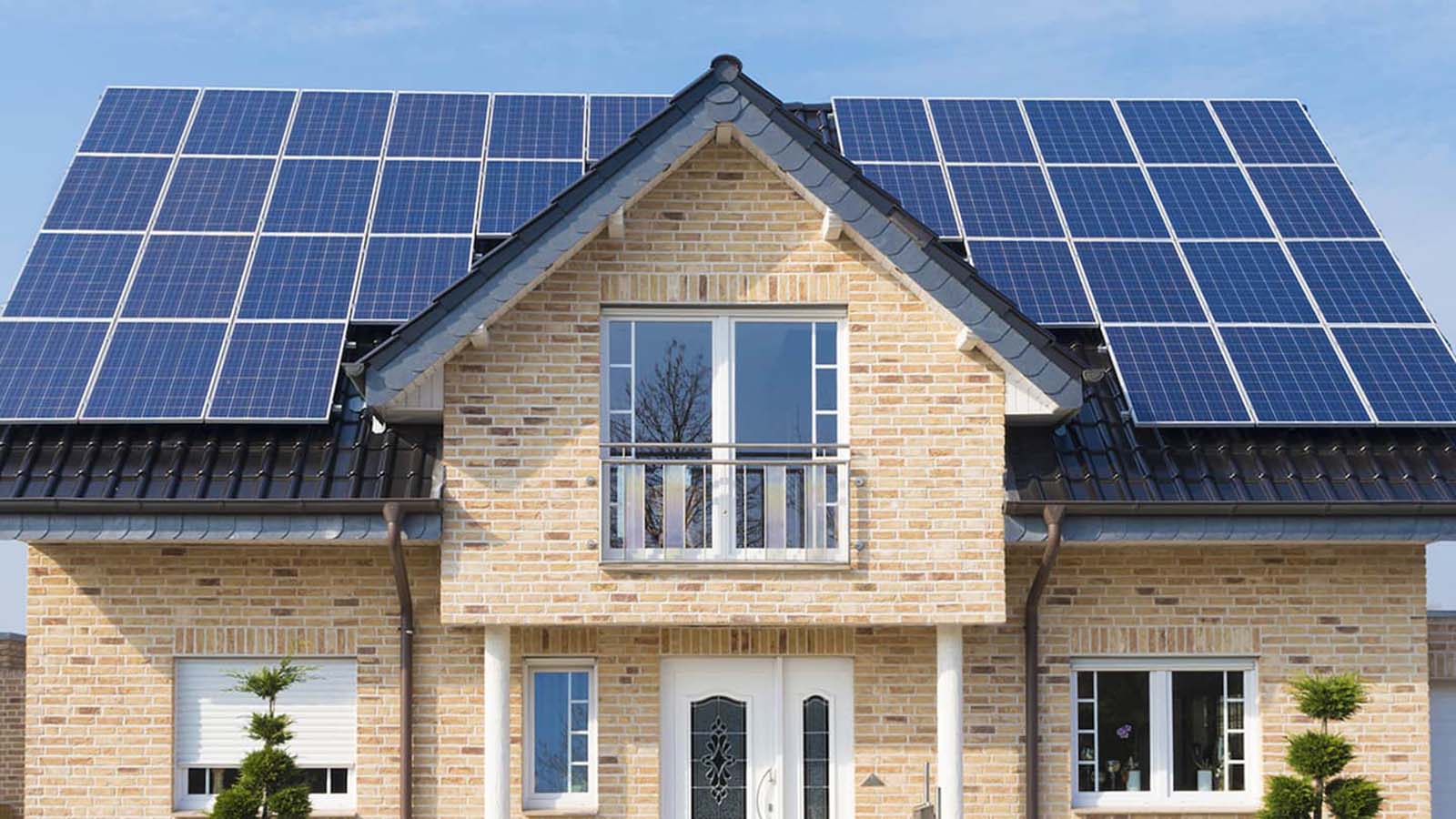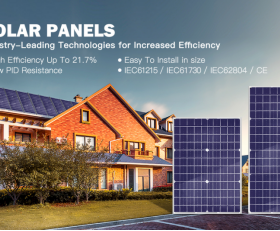Understanding the Challenges of Solar Energy: A Comprehensive Overview
Introduction
Solar energy is often hailed as a sustainable and eco-friendly solution to our energy needs. However, while it offers numerous benefits, it also presents several challenges that must be considered. This article explores the cons of solar energy, providing a balanced view to help you make informed decisions about adopting solar power.

High Upfront Costs
Initial Investment and Financial Considerations
One of the most significant drawbacks of solar energy is the high upfront cost of installation. While the cost of solar panels has decreased over the years, the initial investment remains a barrier for many individuals and businesses. The expenses include purchasing solar panels, inverters, batteries, and the necessary mounting structures, as well as the labor costs for installation.
Bullet Points:
High installation costs can be prohibitive for some homeowners and businesses. Although government incentives and tax credits are available, they can be complex to navigate. The payback period for solar investments can range from 5 to 20 years, depending on location and usage patterns.Despite these challenges, innovative solutions are emerging. For instance, lithium iron phosphate (LiFePO4) batteries, known for their safety and efficiency, are being integrated into solar systems. These batteries, such as the BASENGREEN model, offer features like multi-language touch screens and Bluetooth/WiFi app remote monitoring, enhancing system performance and potentially reducing long-term costs. However, the upfront expense of such advanced systems remains a hurdle for many.
Intermittency and Dependency on Weather Conditions
Reliable Energy Production Despite Challenges
Solar energy’s reliance on sunlight means it is inherently intermittent. Cloudy weather, rain, and nighttime can significantly reduce energy production, making it challenging to rely solely on solar power. This intermittency necessitates energy storage solutions or backup systems, adding to the overall complexity and cost of solar setups.
Bullet Points:
Solar panels generate less power in cloudy or overcast conditions. Nighttime operation requires battery storage or grid connection. Seasonal variations in sunlight can affect energy production consistency.In response to these challenges, advanced battery systems like LiFePO4 are designed to store excess energy for use during periods of low production. Products such as the BASENGREEN battery support parallel expansion and real-time monitoring, enhancing adaptability. However, even with these advancements, the dependency on weather conditions remains a fundamental limitation of solar energy.
Land Use and Space Requirements
Space Constraints in Urban and Rural Areas
The infrastructure required for large-scale solar energy projects can be substantial, often requiring vast tracts of land. This is particularly concerning in urban areas where space is limited and costly, and in rural areas where land use may conflict with agricultural or conservation needs.
Bullet Points:
Utility-scale solar farms require significant land area, potentially leading to land use conflicts. Rooftop solar systems can be space-intensive and may not be feasible for all buildings. Aesthetic concerns and zoning restrictions can hinder solar panel installation in some communities.While advancements in solar technology, such as bifacial panels and space-efficient mounting systems, are helping to optimize space usage, the fundamental need for land remains a challenge. Even portable solar systems, like the LiFePO4-based models, require careful planning to maximize efficiency without compromising on space constraints.
Environmental Impact and Resource Extraction
The Double-Edged Sword of Green Technology
While solar energy is clean and renewable, its production involves the extraction of materials like silicon, silver, and rare earth elements, which can have environmental consequences. Additionally, the disposal of solar panels at the end of their lifecycle poses a growing waste management issue.
Bullet Points:
The manufacturing process for solar panels consumes significant amounts of water and generates hazardous waste. The extraction of raw materials can lead to habitat destruction and pollution. Improper disposal of panels can result in the release of toxic substances into the environment.Efforts to address these issues include recycling programs for solar panels and the development of more sustainable manufacturing processes. Batteries like the BASENGREEN model, with their focus on safety and efficiency, represent progress in reducing environmental impact. However, the industry as a whole must continue to innovate to mitigate these challenges effectively.
Solar energy presents a promising alternative to traditional energy sources, but it is not without its challenges. High upfront costs, dependency on weather, land use requirements, and environmental concerns are significant barriers to widespread adoption. However, ongoing advancements in technology, such as the integration of LiFePO4 batteries and smart monitoring systems, are helping to overcome these obstacles.
Call to Action (CTA)
Are you considering solar energy for your home or business? Explore how advanced solar systems, including the BASENGREEN battery, can address these challenges and enhance your energy independence. Visit our website to learn more about our products and services, or contact us to receive a personalized quote and expert advice on transitioning to solar power. Don’t let the cons of solar energy deter you—take the first step toward a sustainable energy future today!

